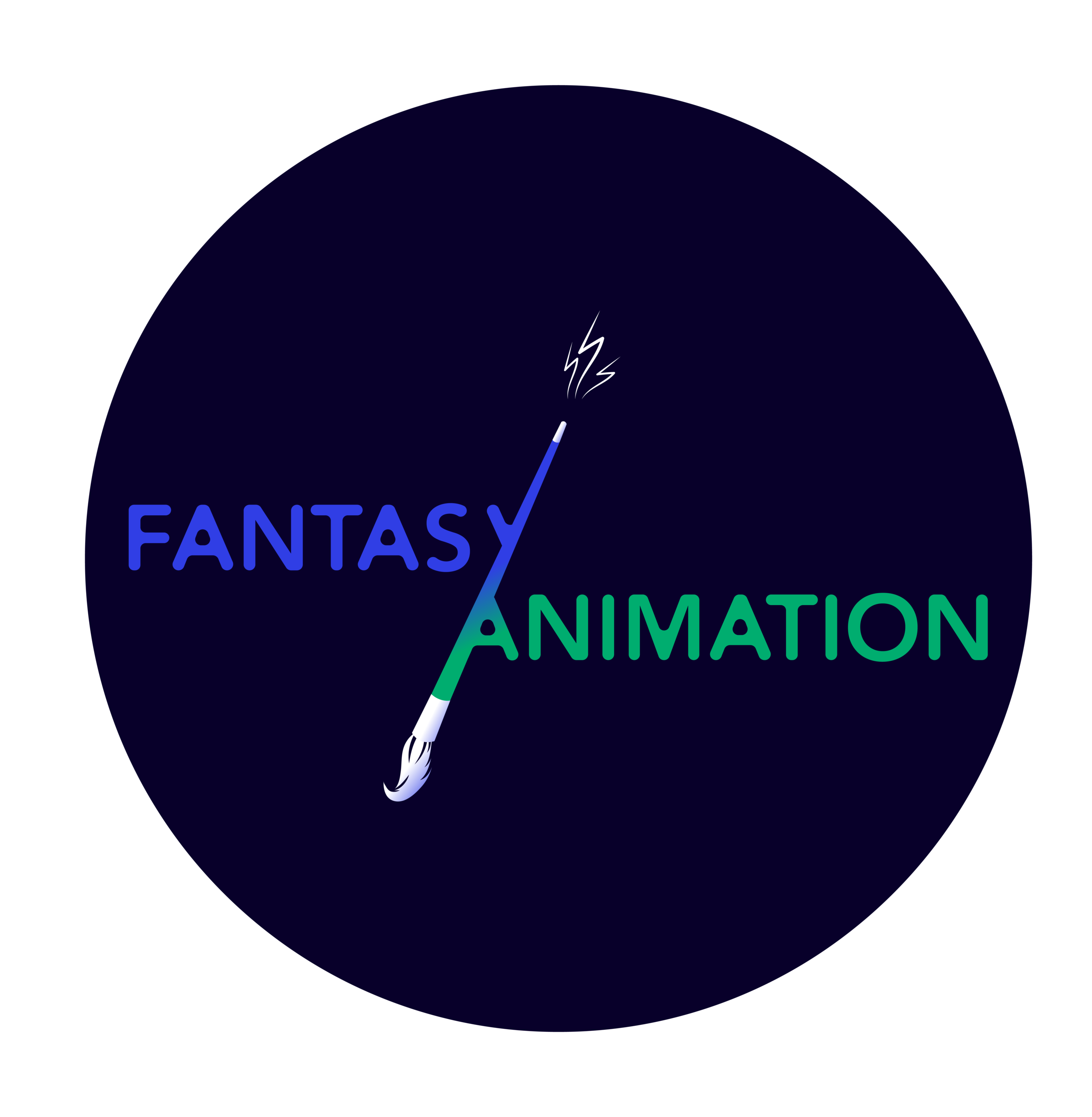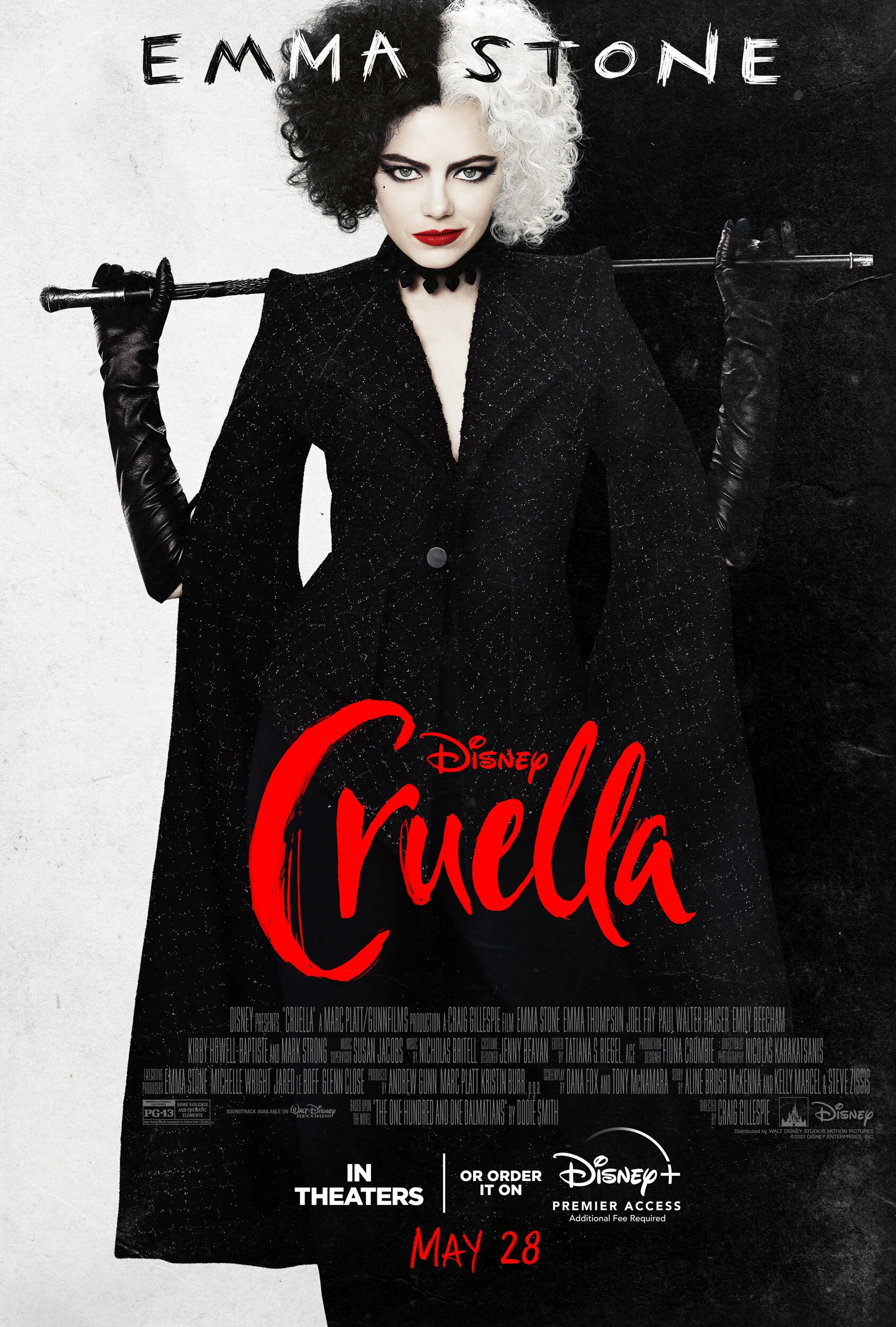I’m going to say straight off: I thoroughly enjoyed Cruella (Craig Gillespie, 2021) and I think you will, too. A prequel to One-Hundred-and-One Dalmatians (Clyde Geronimi, Hamilton Luske & Wolfgang Reitherman, 1961) and a re-framing (sort of; more on that shortly) of the beloved Disney villain Cruella deVil, Cruella purportedly tells the story of how the great enemy of dalmatians everywhere became a crazed villain.
Read MoreMaria Sachiko Cecire’s Re-Enchanted: The Rise of Children’s Fantasy Literature in the Twentieth Century (2019) is an expertly crafted study. This is a book about children’s literature in the twentieth-century, how it came to be shaped, and why medieval elements are so prevalent.
Read Moreor those among you who have miraculously managed to avoid the pop cultural behemoth that is Rick and Morty (Dan Harman and Justin Roiland, 2013–), it is an ongoing American animated sitcom that follows the often-calamitous adventures through space of mad scientist Rick and his anxious grandson Morty.
Read MoreAmidst a sea of reboots and remakes, perhaps none have made quite as big an impact on pop culture audiences as Dreamworks’ She-Ra and the Princesses of Power (2018-2020).
Read Morehe latest fantasy series released by Netflix is an adaptation of Leigh Bardugo’s “Grishaverse” novels. Bardugo’s books consist of the Grisha trilogy: Shadow and Bone (2012), Siege and Storm (2013), and Ruin and Rising (2014); there is also the Six of Crows duology: Six of Crows (2015) and Crooked Kingdom (2016); and there is the King of Scars duology: King of Scars (2019) and Rule of Wolves (2021).
Read MoreMetaphors and symbols are closely connected in animated films. In his seminal book Understanding Animation, Paul Wells (1998) describes how metaphors extend from symbols, noting that “whilst the symbol invests an object with a specific, if historically flexible meaning, the metaphor offers the possibility of a number of discourses within its over-arching framework” (1998, 84).
Read MoreBlood of Zeus (2020-present) is the brain child of Charley and Vlas Parlapanides, two Greek-American screenwriters best known for their work on the 2011 film Immortals, a live-action fantasy adventure loosely inspired by Greek mythology. This time, the brothers have teamed up with Netflix and Powerhouse Animation Studio to create an animated epic drama series, also set in mythical Greece, which follows the evolution of young Heron, a good-hearted outcast who, upon learning that he is the son of Zeus, steps into his father’s footsteps and becomes a powerful warrior.
Read MoreFantasy storytelling reached a new level of cultural visibility and mainstream popularity with the immense success of Game of Thrones (2011-19). As Game of Thrones rose to prominence, it inspired The Simpsons creator Matt Groening to develop a new animated series, his first major new series since Futurama (1999-2013).
Read MoreJessica Ashman is a BAFTA in Scotland award-winning artist who works in animation, music, performance and arts education. In 2014 she graduated from the Royal College of Art with a MA in Animation and her work has been supported by Animate Projects, Jerwood Visual Arts Bursary, Arts Council England, UK Film Council and Channel 4's Random Acts.
Read MoreReading through the LGBT+ History Month blog posts on Fantasy/Animation, I was struck by the fact that of the few depictions and readings of queer women in animation, all of them feature in films or television series targeted primarily towards younger audiences, e.g. Princess Bubblegum and Marceline in Adventure Time (Pendleton Ward, 2010-18), She-Ra in She-Ra: Princesses of Power (Noelle Stevenson, 2018-20), and Elsa in Frozen (Chris Buck & Jennifer Lee, 2013).
Read MoreIn his business memoir, Bob Iger, the (former?) CEO of The Walt Disney Company, raised a question in connection with Disney princesses: “[w]hat are the attributes of a Disney princess in today’s world and how should they manifest in our products?” (Iger 2019, xx). Iger’s query outlines both the commodification of the Disney princess, and the notion that her portrayal must reflect the societal changes of the 21st century.
Read MoreWhen I heard Lava’s premise, I was intrigued. Giant alien cats launching an attack on Earth? You’ve got my attention! (To be honest, anything that features cats will at least get a glance from me.) Though I was lured in by the promise of extraterrestrial felines and madcap entertainment, I was disappointed to find Lava poorly paced, dubiously constructed, and falling short of its loftier thematic goals.
Read MorePorco Rosso (1992) is the sixth feature-length film in the colourful and expansive repertoire of Japanese animation giant Hayao Miyazaki. Miyazaki’s film is certainly an unsung masterpiece, frequently branded “underrated,” such as in Rob Bricken’s assertion that “it is unfairly overlooked in [Miyazaki’s] oeuvre.”
Read MoreAnimation is usually mentioned in the review section of a newspaper, and non-English language animation aimed at children is generally ignored all together. This was not the case with the new Danish children’s television program John Dillermand, which jumped into non-Danish consciousness in a news story published in The Guardian and on CNN in the first week of January 2021.
Read MoreLast summer, SpongeBob came out—in a way. On June 13, 2020, Nickelodeon, the longtime home of SpongeBob SquarePants (Stephen Hillenburg, 1999-), wrote that it was “Celebrating #Pride with the LGBTQ+ community and their allies,” setting a rainbow-tied SpongeBob alongside trans actor Michael D. Cohen (of Henry Danger [Nathan Kress, 2014-2020] fame) and the bisexual animated character Korra (first seen on Avatar: The Last Airbender [Michael Dante DiMartino and Bryan Konietzko 2012-2014]) in a much-favourited tweet.
Read MoreIn recent years, a number of scholars have pointed out the applicability of the concept of queerness to different forms of animation (Wood 2008; Halberstam 2011; Maier 2018; Ruberg 2019; Ruberg 2020). As Kodi Maier (2018) has suggested on this very blog, fantasy/animation and queerness are all connected by the ways in which they bend, break and question our concepts of the real and the normal, respectively.
Read MoreFeaturing Pixar’s first LGBTQ+ lead, Out (Steven Clay Hunter, 2020) is a delightful, whimsical tale of love and queer identity. The short plays out as a comical exploration of the challenges faced by Greg, its lead character, when he finds himself about to be prematurely outed to his parents. Premiering on Disney+ in 2020, Out provides a rare instance of LGBTQ+ representation in the world of Disney (by way of Pixar).
Read MoreFrozen’s (Chris Buck & Jennifer Lee, 2013) protagonist, Elsa, is easily the most obviously queer-coded heroine in Disney’s princess films. Both academic analyses and media outlets, as well as a robust part of her fandom, have argued as much (see, for instance, Charania and Albertson 2018; Mason 2019; Rose 2020).
Read MoreGive Us a Smile (1983) is an animated short film (with some live action elements) made by Leeds Animation Workshop, a West Yorkshire based cooperative of women filmmakers and animators founded in 1978 which continues to operate today, producing and distributing animated films on a number of different social education issues.
Read MoreIn many ways, 2020 is a year marked by many different intertwined sources of grief: all the different kinds of loss associated with a global pandemic and its effect on daily lives; the political and economic situations that have forced a reckoning with an acknowledgement of a loss of idealism – that maybe we aren’t, and never have been, the enlightened society we (the Western European and North America, the Anglophone West in particular) have considered ourselves to be.
Read More



















